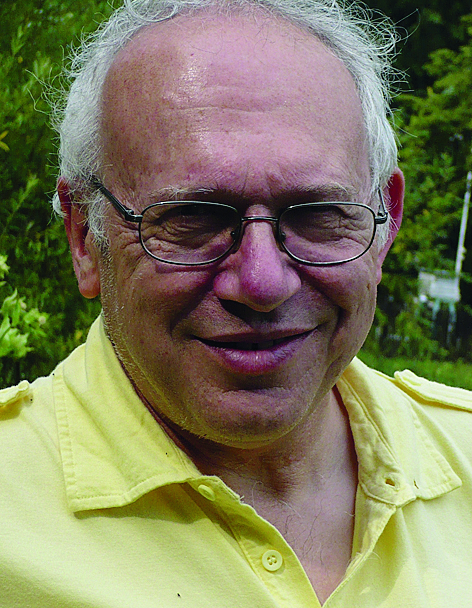COMPOSERS: Shostakovich
LABELS: Supraphon
ALBUM TITLE: Shostakovich
WORKS: The Complete Symphonies
PERFORMER: Prague SO/Maxim Shostakovich
CATALOGUE NO: SU 3890 2 (New/Reissue (1995 - 1999)
Maxim Shostakovich’s passionate
devotion to his father’s music shines
through this cycle, the culmination
of a fruitful partnership with the
Prague Symphony Orchestra that
began in the mid-1990s with an
auspicious live recording of the
13th Symphony and concluded
with Nos 12 and 15 in March of
this year. The febrile account of the
13th remains one of the undoubted
highlights in a fascinating if rather
uneven set. On the plus side is
Maxim’s unmannered yet musically
sensitive approach which brings
considerable rewards in, for instance,
an unusually spacious and expansive
account of the Fifth Symphony.
Largely eschewing the somewhat
bland approach characteristic of his
earlier Collins Classics recordings
with the LSO, Maxim is particularly
good at highlighting idiosyncracies
in Shostakovich’s instrumentation,
such as the galumphing tuba
accompaniment in the return of the
second subject in the Ninth’s first
movement, or at the opposite end of
the emotional scale, the terrifying
bass clarinet solo near the end of the
11th. At the same time, the tension
tends to flag in certain sections, such
as the build-up of the march theme in
the first movement of the Leningrad.
Following the precedent of the
13th, all the symphonies were
recorded at public concerts, primarily
in Prague’s Smetana Hall. Audience
noise is barely noticeable, and the
hall’s generous acoustic is captured
vividly by Supraphon’s engineers.
The adrenalin of a live event adds
a welcome frisson to the overall
experience, yet there are a number of
technical flaws in the performances
that might not withstand repeated
listening: instances include the
extremely speculative intonation from
soprano Marina Shaguch in ‘The
Suicide’ (14th), ragged ensemble in
portions of the Second and Third,
and the climax to the first movement
of the Seventh.
Those looking for a completely
recommendable cycle, look elsewhere.
Despite the arrival of an EMI boxed
set conducted by Mariss Jansons, the
Kitajenko Capriccio SACD boasts a
considerable advantage over all recent
rivals: its doggedly powerful and
superbly played interpretations are
captured in wonderfully immediate
sound that conveys the tremendous
physical sensation of Shostakovich’s
writing as one would experience it in
the concert hall. Erik Levi
